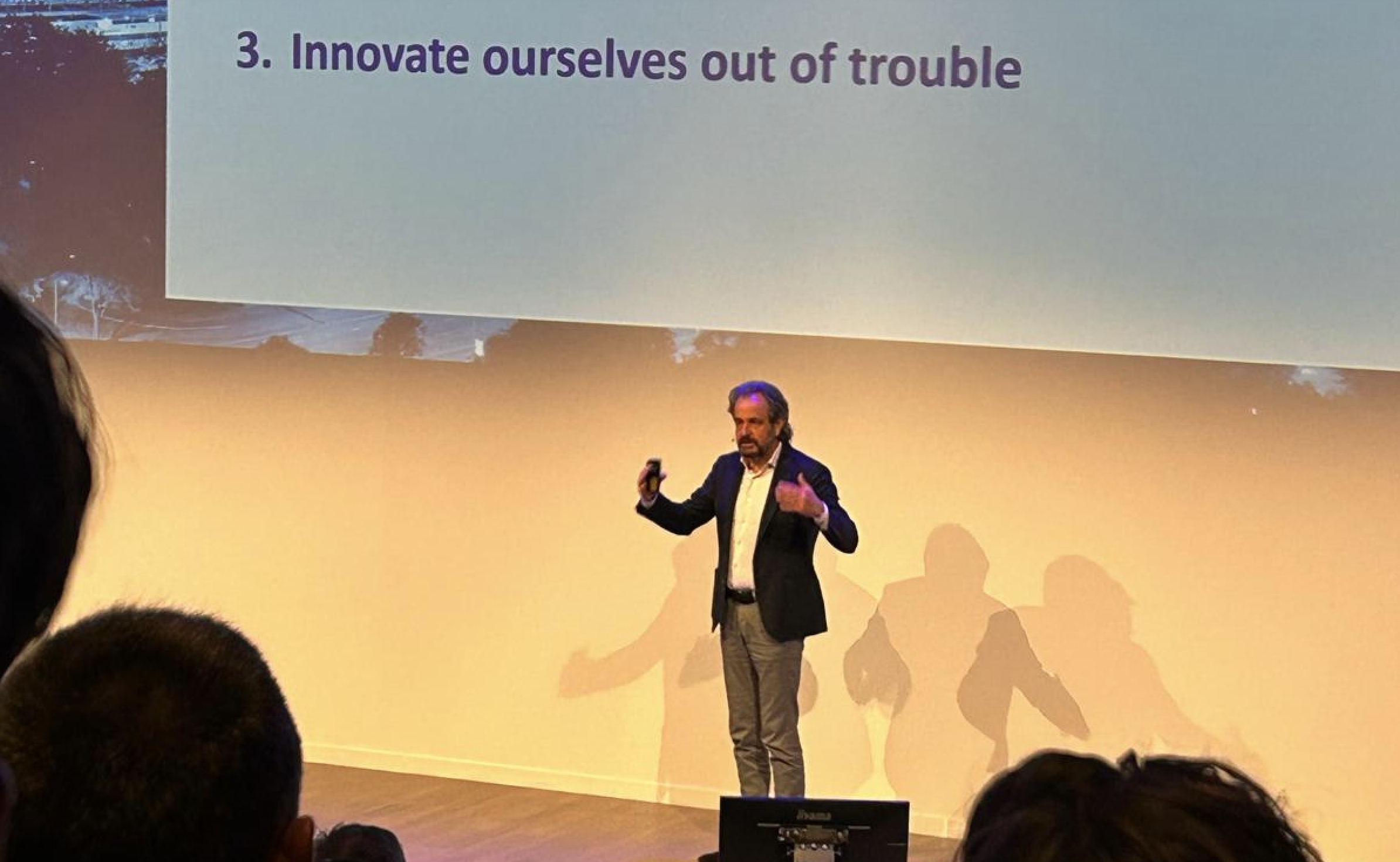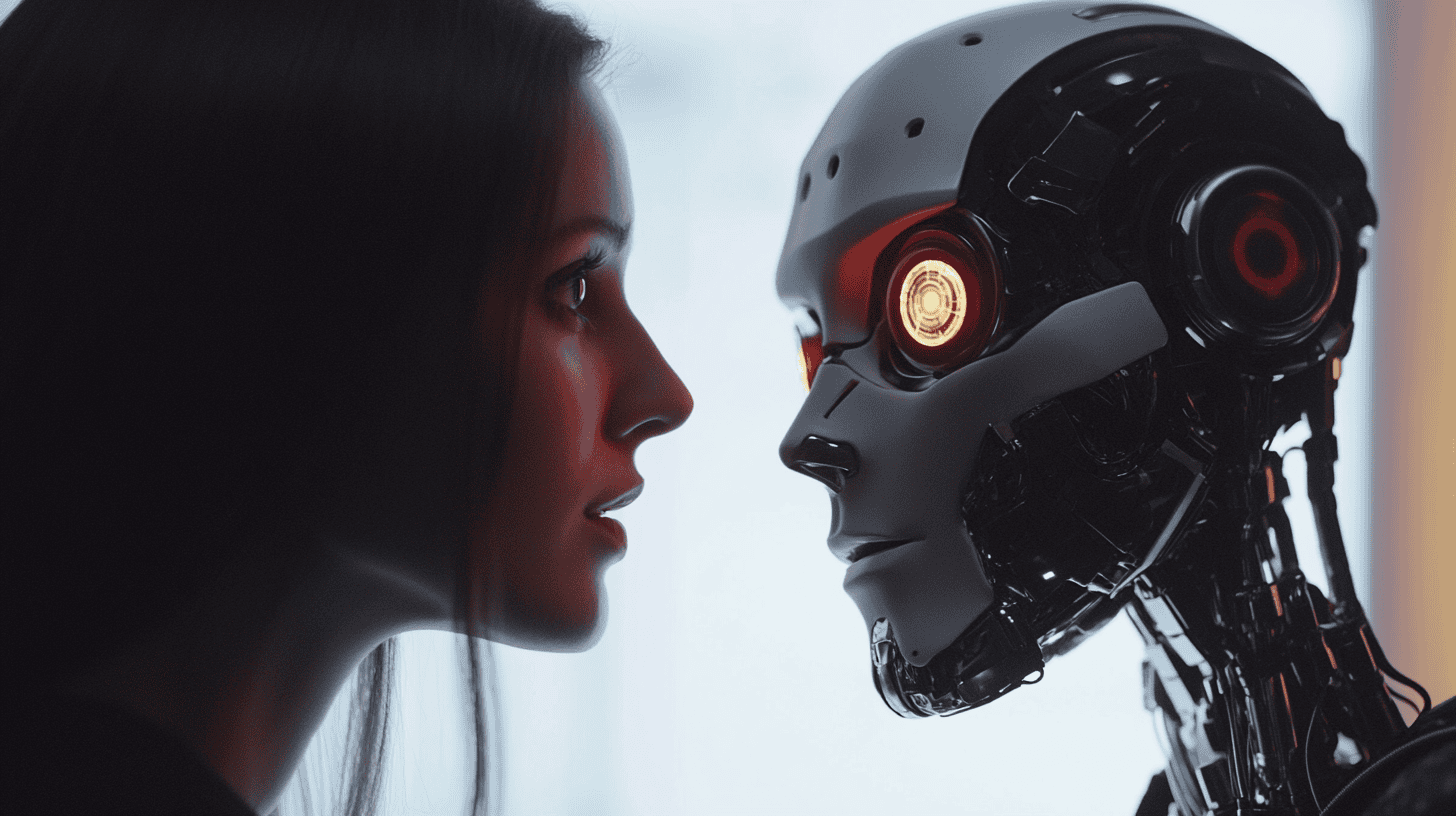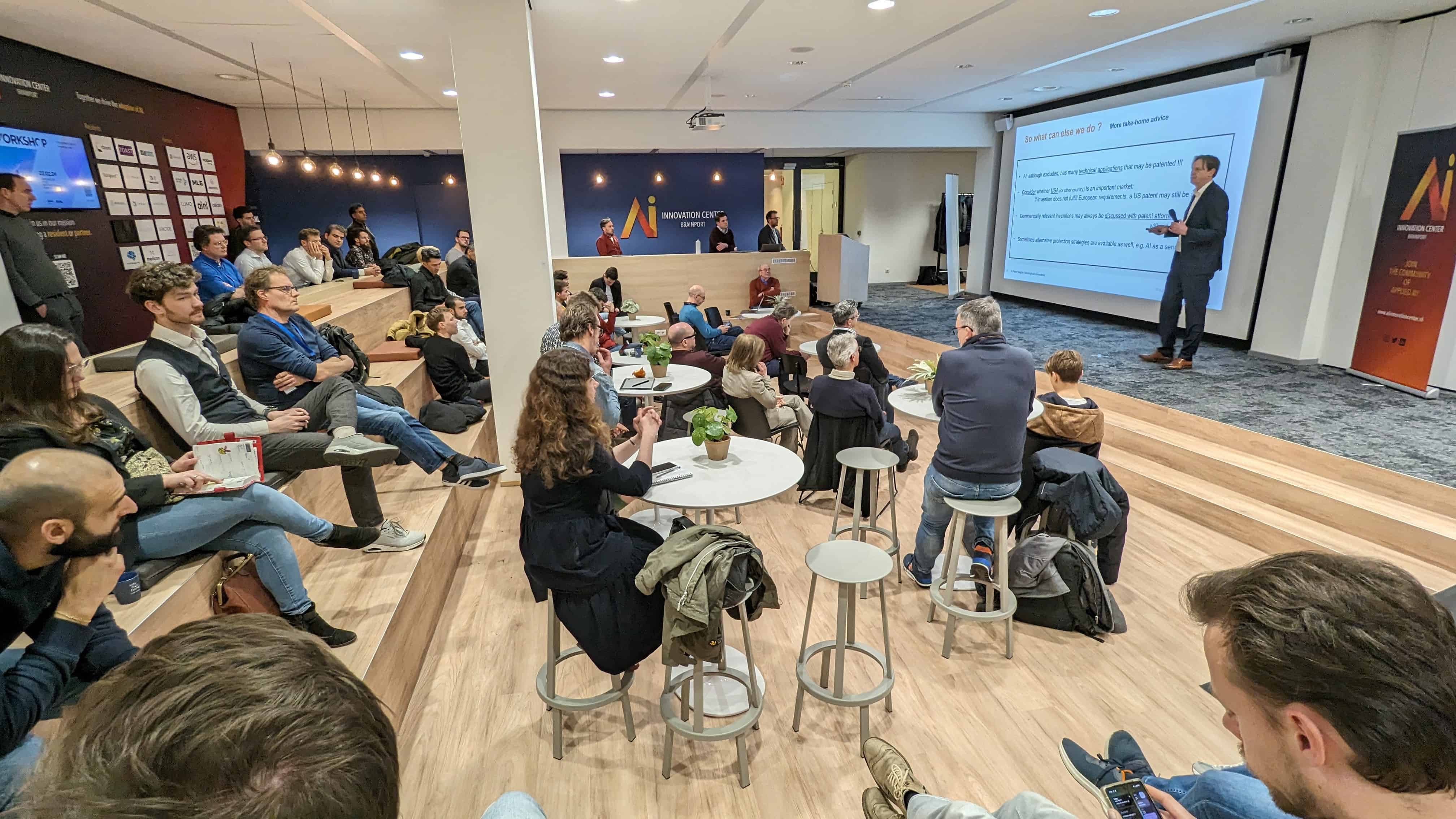
How do you predict the sound produced by a block of tonewood once it is carved into the shape of a violin plate? What is the best shape for the best sound? Artificial Intelligence offer answers to these questions.
These are the conclusions that researchers from the Musical Acoustics Lab at the Politecnico di Milano presented in a study which was recently published in the Scientific Reports section of the Nature journal. Chilean physicist and luthier Sebastian Gonzalez (post-doc researcher) and the professional mandolin player Davide Salvi (PhD student) show how a simple and effective neural network is able to predict the vibrational behavior of violin plates. We interviewed Gonzalez.
Can you briefly explain what you discovered?
“The most interesting discovery is that a very simple neural network can predict the way a violin top plate vibrates. This is important because the way in which a violin vibrates determines the sound that it produces.”
What have been the basic parameters of the dataset?
“The outline is defined by 20 parameters, the thickness of the top plate is defined by 8, and the material parameters by 9. “
How did you approach the research technically?
“We started this research in February 2020, just as Covid was starting. Back then, I was actually with my family in Germany and my student, Davide Salvi, was in Bergamo . We created different datasets, some that only dealt with the outline of the violin, others with the thickness or the material parameters, and some where everything changed at the same time. In total, we must have simulated around 5000 violin top plates. The technical term is the Finite Element Method.”

What is the innovative value of your work?
“First of all, predicting the way a plate vibrates is not the same as predicting its sound. Yet you could call it going for the lowest hanging fruit if you like, so it’s a great test to see if the method can be used in general, and the answer is that it can. The advantage of neural networks is twofold: on the one side they are capable of computing extremely fast, allowing us to study things in a couple of hours that in normal simulations would take months. Secondly, they are very easy to use: all you need to do is submit a couple of numbers (or an image of the violin and a few parameters) and the neural network gives you the answer. This could help us to make use of these kinds of predictions.”
Is this research unique in the world?
“After publishing it, I came across another researcher who uses AI for studying guitars. Yet his work from 2005 was never really cited nor followed up on. However, we are the first using it for violins and we have a complete line of research going on where we study the different uses AI can have for musical acoustics. To the best of my knowledge, we are the only ones in the world doing this at the moment.”
Is the shape the determining factor? But isn’t the shape always the same?
“This is one of the main results of our paper, that the shape of the instrument is the most important factor in how it will vibrate (and subsequently sound).
Grosso modo, yes, the shape is always the same, but each violinmaker has minor differences. We show that these minor differences have a significant impact on the vibration of the top plate. Even Stradivari had several different ‘molds’ to make violins. Although the variations in shape we are talking about are really small.”
Can this be applied to other instruments?
“Definitely. I’d say that for any instrument that can be “parameterized,” i.e. defined by a few numerical parameters. We are particularly interested in brass instruments where the geometry, such as the bell of a trumpet, is determinant of the sound of the instrument.”
What other new materials and shapes can the violin of the future take?
“No idea, but I can tell you one thing and that is that if the materials we use for violins are going to change, so should the shape of the instrument. Copying the same models from 300 years ago with the wood from our time is not going to give you the same sound as 300 years ago.“
Do you already have a follow-up study in mind?
“Yes, we have plenty. First of all, we now have a parametric model for the whole violin including ribs and back. And with varying arching profiles, that is, the curvature from left to right in the top and the back of a violin. Secondly, we are using the same AI-driven approach to help us characterise materials in the workshop. Thirdly, we are also applying the same approach to guitars.”
Can you actually use the term ‘best sound’? Isn’t that subjective?
Of course it is subjective, yet we hear everyday about the ‘best pizza-maker’, or the ‘best barista’ in the world. That something is subjective doesn’t mean that it is not measurable. There is a body of literature about this out there in the musical realm. Some examples that come to my mind are studies on how live music makes you produce more endorphins (the pleasure hormone) than recorded music. In that sense, live music is ‘better’.
Today, we have no idea what makes one sound better than another, but that’s something I am passionate about and I’m eager to study. Here, too, those involved in neuroscience, music theory, artificial intelligence and craftsmanship all come need to come together and start talking to each other. So maybe one day we can understand what’s actually so magical about a Stradivarius. Rest assured that if I had the funding, I would be doing experiments precisely on that right now.”
Can you say something about yourself. How you got from Chile to Milan, with stopovers in Germany.
“I was born and raised in Chile, studied physics there and then did my PhD in computational physics at the University of Twente in the Netherlands. There I met my first wife, Julia, who introduced me to her family. They are a 13th generation family of violinmakers originally from Markneukirchen, but who fled the DDR (former East Germany, ed) and settled in Celle, a small town between Hannover and Hamburg in West Germany.
I loved the straightforward approach to conducting research, saying what you think without a filter and not wasting your time beating around the bush.
My dad had always worked with wood so I had some understanding of woodwork. We visited them for a long weekend in October when I was finishing my PhD, and Opa (Grandad, ed.) got me working on a piece of wood the following day. I loved the work but realised straight away that it was really difficult and it would take time to learn. But that same day I decided to learn the craft. So from that day on, I started collecting tools and learning how to work with wood. I moved to Graz where I had a small workshop while doing a postdoc with a pharmaceutical research company. Then I moved to Chile for another postdoc and at the same time, opened up my own guitar making shop in Valparaiso.
My wife and I had divorced by then, so I was not so much into violins anymore. I still am in contact with Opa, Oma (Grandmother, ed.), and Frauke, Julia’s mother, as our love for instruments has made us family and I try to visit them at least once a year. In 2019, I wrote to professor Augusto Sarti, telling him I wanted to work with his group in the Cremona lab. We had one Skype call and it was all settled; a few months later I was moving half of my workshop back to Europe to study violins. The pandemic hit soon after I arrived.”
Where, when and what did you study in the Netherlands?”
“I studied computational physics in Professor Stefan Luding’s group at the University of Twente in Enschede between 2009 and 2013. It was probably some of the best (and worst) years of my life. I loved the biking (had 5 bikes), how international the town was, and how easy it was to make friends. I also loved the straightforward approach to conducting research, saying what you think without a filter and not wasting your time beating around the bush.
It’s very different to the Italian approach I must say. I didn’t love the food nor the small beer glasses though, or the weather from September through to May. And, as I was saying, I did my PhD in computational physics, so by the end of it, I was really fed up with programming the whole day and I needed to do something with my hands. So, when violin making appeared in my life, I said ‘yes, I’m up for that’.”
Read more on how science tries to get a grip on the stress level of modern humankind through music.








